#Napoleonstein
Text

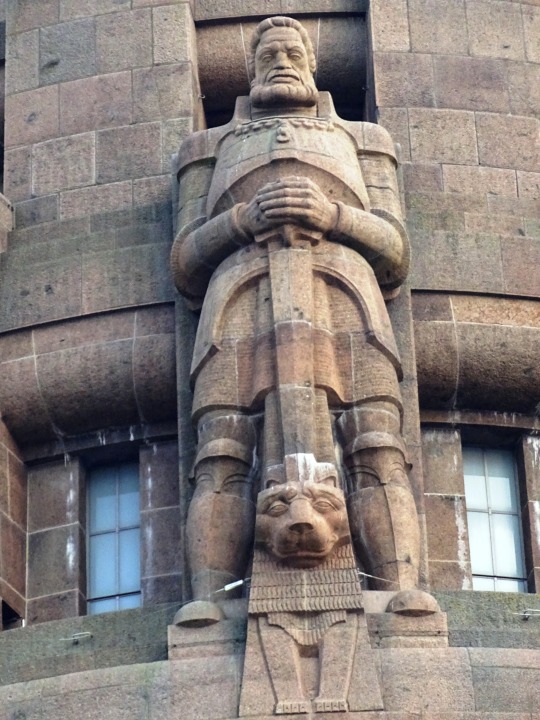
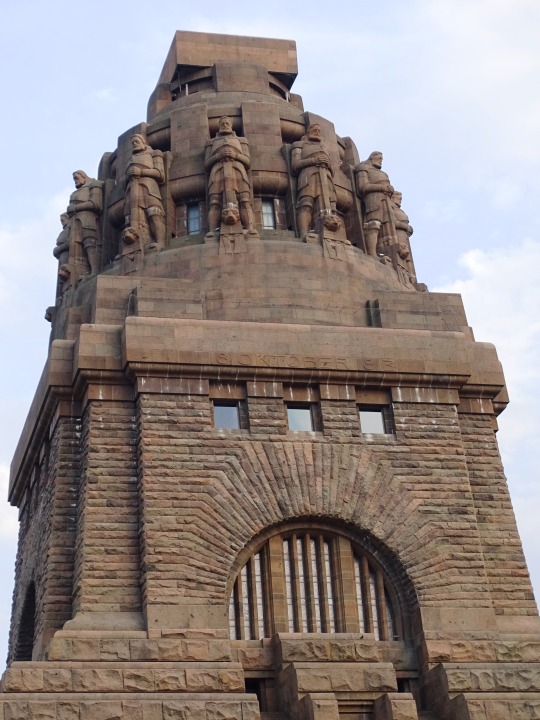

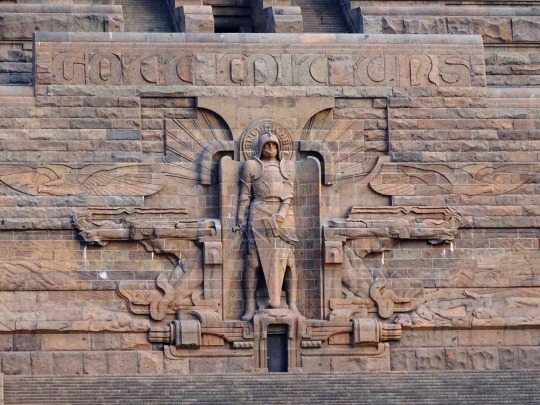

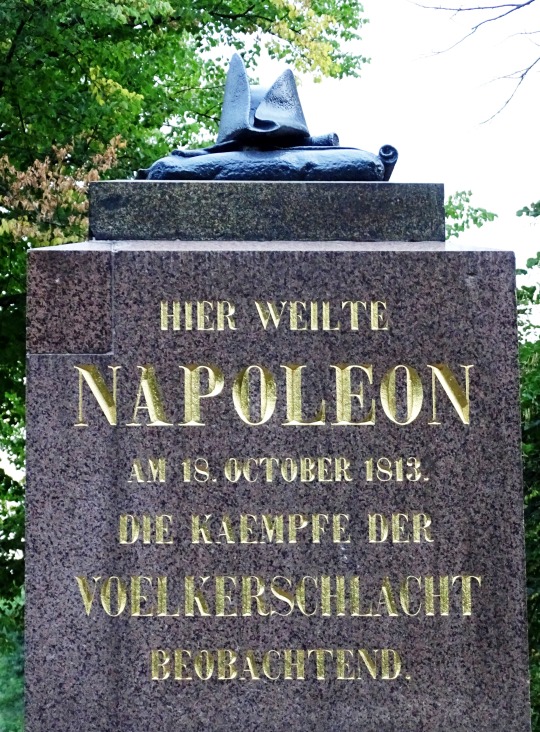



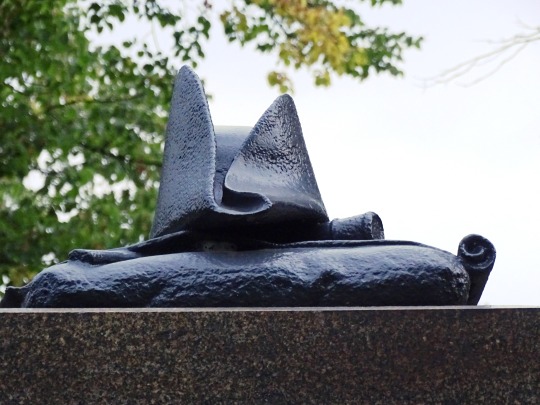






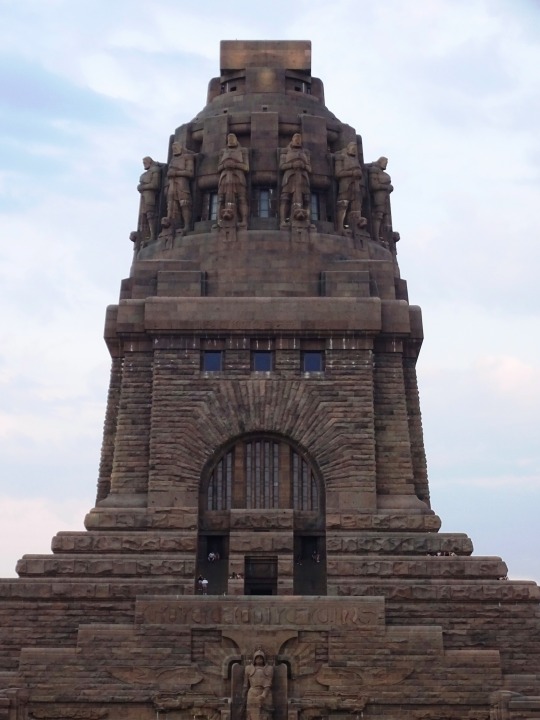

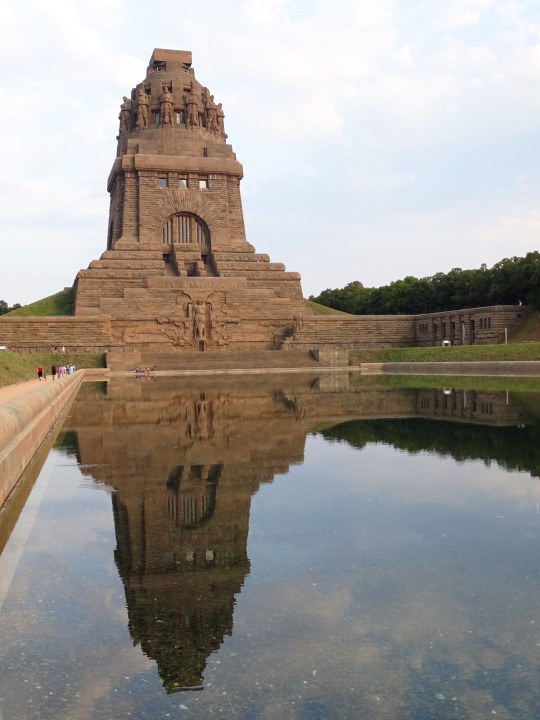

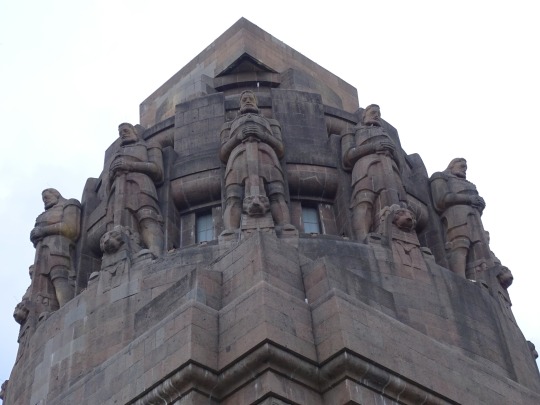
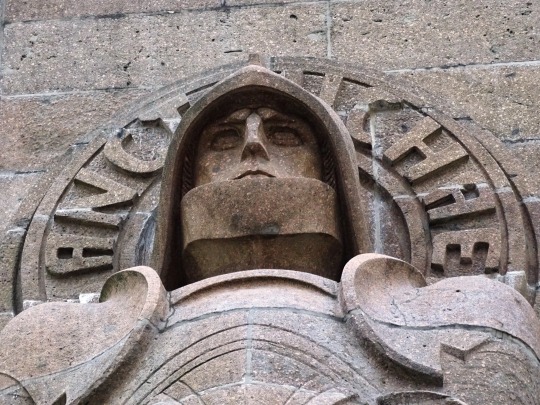
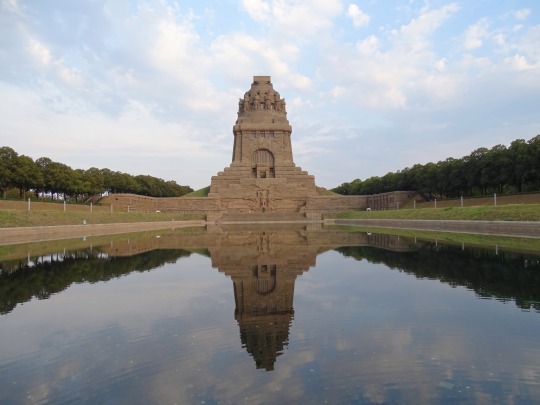
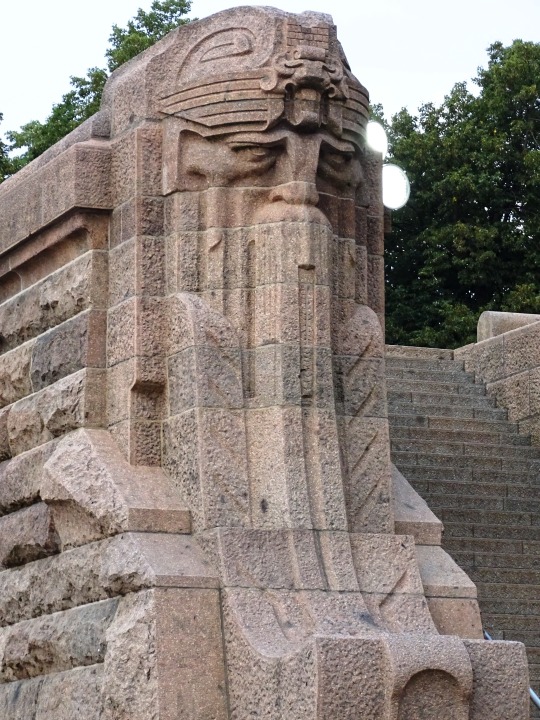
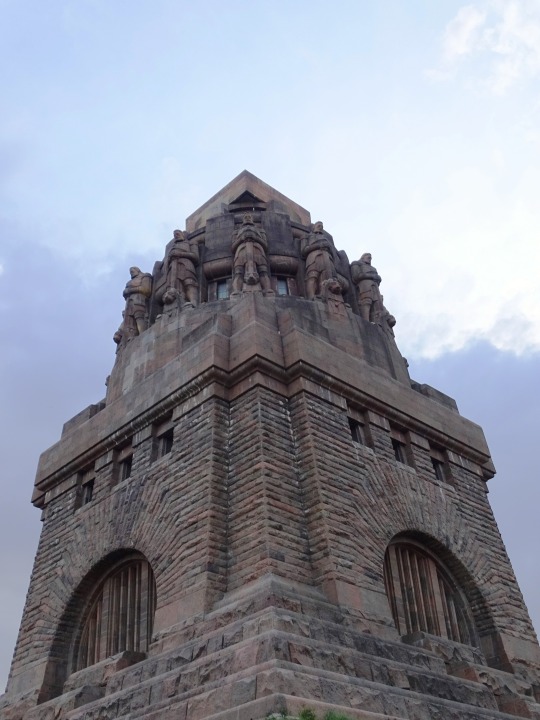


War of the Sixth Coalition: Napoleon was forced to retreat from Germany after the Battle of Leipzig on October 19, 1813.
#Napoleonstein#War of the Sixth Coalition#Napoleon#retreated#Leipzig#19 October 1813#210th anniversary#German history#Völkerschlachtdenkmal#Saxony#Sachsen#Deutschland#summer 2020#original photography#travel#vacation#cityscape#Bruno Schmitz#Monument to the Battle of the Nations#Franz Metzner#Reflecting Pool#tourist attraction#landmark
14 notes
·
View notes
Text




#nature#landscape#napoleonstein#leaves#flowers#spotted dead-nettle#nettle#carl uhlitzsch#memorial#photography
2 notes
·
View notes
Text
Norbert the travel shonk was on its way from Erfurt to Weimar

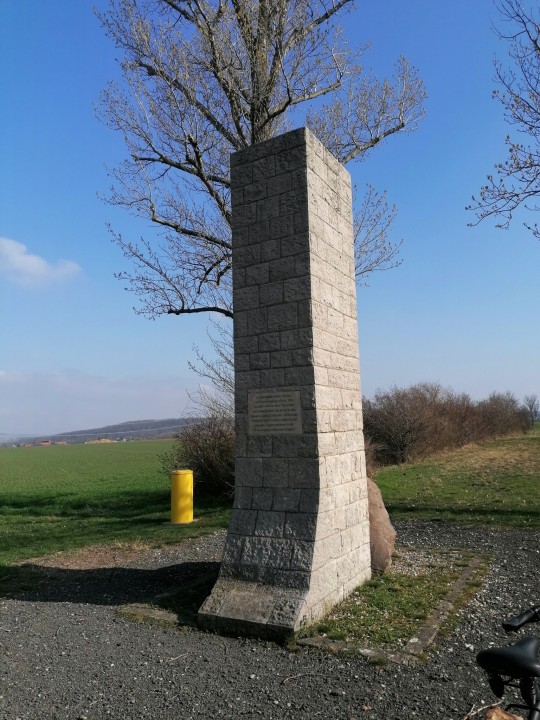
First he visited the Napoleonstein, the place where Napoleon and Tsar Alexander met in 1808 to discuss important things.
Is says "Germany be alert against the imperialist" on top and was build in 1913 for rhe 100 years celebration since the uprising of Germany against the foreign rule.


After the he was right in the middle of Weimar where he was at a Soviet Cemetery of Honor. It was built in the summer of 1945 for fallen soldiers of the red army.
14 notes
·
View notes
Text

1 note
·
View note
Text
The Travelling Trooper Visits Jena
The Travelling Trooper Visits Jena
I was pretty excited to visit Jena–not for the city itself, but because we were staying with Miriam! I hosted Miriam two years ago shortly after I arrived in Abu Dhabi. She was one of my first guests, but also one of the sweetest. She even brought me sweets! I’ve been addicted to the German Haribo candies every since. They remind me of her every time I see a Haribo bag. We didn’t end up doing too…
View On WordPress
#Around the world#germany#jena#napoleon stone#napoleonstein#st. michaels church#Travelblog#trevor the travelling trooper
0 notes
Video
youtube
Bitterfeld und das verseuchte Erbe der DDR-Chemie | Reupload | Doku
Danke MDR! Es ist immer wieder wichtig, auf darauf hinzuweisen, dass die allermeisten Umweltaltlasten nur abgedeckt und beobachtet werden, was in Jargon des Bodenschutzes dennoch "Sanierung" heißt. Gleichfalls findet eine Umdeutung oder Umschreibung der Gebiete statt. So wird auch die Bitterfelder Region und ihre Sanierungsmaßnahmen als Fortschritt angesprießen und die meisten Beobachter urteilen, dass eine oberflächig ausgreifende und blühende Natur ein Beweis dafür sei. Allgemein kann man noch feststellen: Nur teilweise oder gar nicht von Müllkippen, Abfallgruben und Kampfmitteln beräumte Militärgebiete heißen heute "Wildnis" oder "Naturerbe", oder "Natura2000". In #Jena wusste bspw. der NABU auf Nachfrage nicht, dass auf seiner Naturerbefläche "Windknollen/Napoleonstein" zwei Altlastenverdachte, mehrere Müllkippen sowie Kampfmittelreste liegen. Um das #Naturschutzzentrum #Schotplatz liegen unberäumte, vermüllte Militärareale, zahlreiche Hausmüllkippen und sogar vermüllte Überreste eines Arbeiter- und Kriegsgefangenenlagers von Carl-Zeiss-Jena von 1943/45. Müllkippen und Kampfmittel sind nicht in Altlastenkatalogen erfasst worden, auch keine Asbestabkippungen oder verschmutzter Bauschutt aller Art. In #Jena wird auch eine Industriekippe als NSG gewidmet, weil man bis in 3 m Tiefe nichts fand - die Kippe selbst ist aber mächtiger und weist im Untergrund auch verfüllte abgebaggerte Kiesbereiche und verfüllte Teiche auf. Die Liste lässt sich fast endlos fortsetzen.
Ich habe seit ca. 5 Jahren bemerkt, dass die allermeisten der 4.000 Hausmülldeponien in Land #Thüringen, die auch, aber geringere Schadstoffemissionen aufweisen, meist nicht saniert wurden. Dies ist bspw. auf der Seite www.natur-wildnis-altlast-jena.de dokumentiert.
0 notes
Text
Dresden is a city of music and the arts.
With a long tradition of fostering the arts that stretches back for centuries, Dresden is a baroque city with a rich cultural history.
Through it all, it has remained an artistically enlightened city with people who cherish and preserve its musical and theatrical tradition.
History and the present come together here in a juxtaposed way that poses questions about the future of the urban community, like a shape-shifting hologram.
Walk through Dresden’s historic centre that will take you past the landmarks, passing through the Renaissance and Baroque periods.
Read on for places to see and points of interests on your city tour around Dresden!
Dresden Old Town
1. Theaterplatz
A city square that is pure Baroque, framed by the Residenzschloss (Dresden’s Royal Palace), the Zwinger, the Semperoper Opera House and the Hofkirche (Catholic Cathedral), Theaterplatz is the best place to survey the splendor of Old Dresden at a glance. On this historic walking tour, this square will soon be your familiar grounds.
2. Semperoper
Opera is musical theatre – telling stories of social and political relevance.
For more than 150 years, musical theatre of great significance has been staged here. One of Dresden’s primary landmarks, the Semperoper is also where Richard Wagner conducted his operas from 1842 to 1849.
This slideshow requires JavaScript.
Be enchanted by the impressive architecture and the uniquely decorated rooms in this opera house. The highlight of the Semperoper tour was viewing the auditorium in its grandeur with its 1300 seats.
Truly a magnificent piece of heritage.
3. Zwinger
This slideshow requires JavaScript.
Since 1714, the Crown Gate has been guarding the entrance to the famous Zwinger Palace, less of a building complex than a baroque Gesamtkunstwerk, the musical aspect of which is the carillon made from Meissen porcelain.
Built in Rococo style and designed by court architect Matthäus Daniel Pöppelmann, the Zwinger is an exemplary Baroque piece of architecture dating from the beginning of the 19th century.
This slideshow requires JavaScript.
Formerly used as a festival arena and an orangery, today the Zwinger serves as a complex of art, pavilions, galleries, museums and courtyards.
Discover in your own time the Old Masters Picture Gallery (where you can admire Raphael’s Sistine Madonna up close), the Dresden Porcelain Collection (Porzellansammlung) and the Mathematisch-Physikalischer Salon, a museum of mathematical and physical instruments.
It’s free to explore the beautiful grounds of the Zwinger and admire the fountains and courtyards that make the complex, but entrance to the museums come at a fee.
4. Café Schinkelwache
A classic coffee house in Dresden, pop by for an afternoon cuppa to experience the authentic, traditional coffee of Dresden.
5. Katholische Hofkirche and Napoleonstein
Katholische Hofkirche (Catholic Cathedral)
Built in 1756, the Katholische Hofkirche (Catholic Cathedral) is one of the tallest buildings in Dresden. The Napoleonstein (Napoleon’s Stone) in front of its main entrance marks the spot where the French emperor stood to review a march-past of his army in 1813.
6. Fürstenzug (Procession of the Princes)
Fürstenzug (Procession of the Princes)
There is no better way to start learning about the history of Saxony than through this mural.
Fürstenzug is a mural depicting a mounted procession of the rulers of Saxony through 750 years of Dresden history. Fürstenzug records all 35 rulers of the House of Wettin, from the margraves in the 12th century through the Dukes and Imperial Electors and ending with the Kings in the 19th century.
This iconic artwork was originally painted in the first half of the 1870s, but was later replaced by hand painted Meißen porcelain tiles in the 1900s to protect it from wear and tear. At 102 metres in length and made of 24,000 tiles, it is the world’s largest single work of art in porcelain.
7. Residenzschloss (Royal Palace)
The former Royal Palace of the Saxon Prince-Electors contains some of the city’s most famous museums, in particular the Grünes Gewölbe (Green Vault) and the Kupferstich-kabinett (Cabinet of Prints, Drawings and Photographs) with its collection of drawings and prints.
The Green Vault is a unique combination of sumptuous architecture and 2,500 precious objects. August the Strong’s treasure chamber, located in opulent rooms dating from 1730 and now restored to its original glory, is like a walk-in safe.
See a whole host of wonders at the Royal Palace, from the most dazzling treasure chamber and biggest collection of Ottoman exhibits in Europe, to the world’s largest green diamond, and ceremonial weaponry and costume collections that are amongst the finest ever assembled.
8. Verkehrsmuseum (Transport Museum)
Housed in the Johanneum, a renaissance building from 1586, the Transport Museum, quite evidently, tells the history and evolution of transport, including the first vehicles that were used for transportation across history. Expect to find anything from steam engine trains to aircrafts, ships, motorbikes and even unicycles.
9. Frauenkirche (Church of our Lady)
The original church was completed in 1743, following designs by the architect George Bähr who unfortunately did not live to see it completed.
Frauenkirche was totally destroyed in 1945 in the World War. At first its rubble was left in Neumarkt as a war memorial, but it was eventually reconstructed.
Reconstruction begun in 1994, using a lot of the preserved material (3,500 individual stones), and work was finally completed in 2005, restored to its former glory. The damaged former cross can now be found to the right of the church’s new altar.
Frauenkirche today is the pride of Dresden, and regarded as one of the most beautiful churches in Germany. It is not hard to see why this majestic Protestant church demands your attention on Neumarkt if you just step in and look closely at the dome, cupolas and frescoes.
Fun fact: The church has the largest stone dome north of the Alps.
10. Brühl’s Terrace
It was named after the statesman Heinrich von Brühl in the 18th century, who constructed a series of lavish buildings here when the walls were pulled down.
Located on the left bank of the Elbe and known as the ‘Balcony of Europe,’ Brühl’s Terrace is a 500-metre panoramic panoramic architectural terrace that towers above the river and is a picturesque viewing spot of the Elbe river, favoured by both locals and visitors alike.
The great entrance in the Schlossplatz, or the Castle Square, is home to four magnificent sculptures, including a statue of Gottfried Semper and a monument to Caspar David Friedrich.
11. Albertinum
Built in the 16th century as an arsenal, the Albertinum today houses the Museum der Moderne (House of Modern Art), as well as sculptures and paintings.
12. Hochschule Für Bildende Künste Dresden (Academy of Fine Arts Dresden)
Among the famous names who taught at the tradition-steeped HfBK were Oskar Kokoschka, Caspar David Friedrich and Otto Dix.
13. Stadtmuseum Dresden
The Landhaus now houses the Städtische Galerie (City Art Gallery) and Stadtmuseum (City Museum). Look out for the 60m2 aerial photo of the city of Dresden embedded in the floor!
14. Rathausturm
The 100-metre-tall tower of the New Town Hall, opened in 1910, affords a splendid view of the Elbsandsteingebirge mountains.
15. Kreuzkirche (Church of the Holy Cross)
The largest church building in Saxony, it was first mentioned in the 14th century and is the seat of the Bishop of Saxony.
If you’re in Dresden for the 9:30am Sunday service, you can have the honourable chance to listen to one of the world’s oldest boys choirs (700 years old) for free!
Not many know this, but the Church of the Holy Cross also offers an equally impressive view of the city from the church tower.
16. Altmarkt (Old Market Square)
The first documentary record of the oldest public space in Dresden dates back to 1370.
17. Altmarktgalerie (Old Market Gallery)
This shopping mall is more than 40,000m2 in size and accommodates 200 retail outlets. Shopping time, anyone?
18. Cafe Kreutzkamm
By appointment to King Albert, who personally chose Cafe Kreutzkamm as his ‘Confectioner to the Royal Court’.
19. Kulturpalast (Palace of Culture)
Impressive for its modern architecture and for the great acoustics in its state-of-the-art concert hall, it is home to the Dresden Philharmonic, the Herkuleskeule cabaret and Dresden’s Central Library.
20. Elbe river
You can explore the city of Dresden from the water by taking a boat trip along the Elbe river on one of the historic paddle steamers of the Sächsische Dampfschifffahrt (Saxon Steamship Company), passing picturesque vineyards on the way downstream.
Fun fact: Dresden has the world’s largest and oldest paddle steamer fleet with its nine historical steamers.
Engine of a steam ship!
The river is sandwiched by both the old and new towns of Dresden, with grandiose bridges arching from it and plenty of green spaces for barbecues, sports, and relaxation.
I’d done my regular runs on these grassy embankments. Used for fishing, al fresco theatre performances and more, the Elbe river banks are certainly worth an evening stroll.
Dresden Neustadt (New Town)
When the history of Dresden seems too overwhelming, take a break from all the Baroque and architecture, into another realm of Dresden on the right side of the Elbe river.
The Neustadt district was reconstructed after a fire in the 1730s, which is why it is named “new”. In fact, it is actually the oldest part of Dresden, more than 800 years old.
The inner part fell within Dresden’s old fortifications and since 1989, it has been recognised by its street art and counter-culture, home to the young, creative and multicultural scene.
This ‘alternative quarter’ is juxtaposed with architectural landmarks like the Japanisches Palais, an early 18th-century mansion with Japanese details converted into a museum of natural history & ethnology today.
Here, in the district of Neustadt, a neighbourhood filled with character opens in front of you. Boutiques, art studios and galleries, countless pubs, bars, cafes, restaurants and clubs with live music line the streets. Think grungy.
With some 150 restaurants and bars, the outer Neustadt is one of best places to hang out in Germany.
1. Kunsthofpassage
Kunsthofpassage entrance
The Kunshofpassage, just off Gorlitzerstrasse in Neustadt, is a hidden little backyard behind the main streets, filled with whimsical artistic finds.
Entering a little alleyway that can be mistaken for an entrance to a residential building, it is transformed into a hipster street, containing handicraft shops, a garden store, art galleries, and also a number of cool cafés and wine bars.
The Hof der Elemente (Courtyard of the Elements) is quite the highlight. It is a whole wall made of a tangle of drainpipes shaped like musical instruments on the facade. The idea is that when it rains, the water cascades down the drainpipes, creating its own music.
Hof des Lichts (Courtyard of Light) has projection screens for multimedia performances, as well as well as metallic mirrors that illuminate the courtyard and throw artistic patterns on the walls. While I didn’t see any performances in the two times I visited, the metallic mirrors are an artistic representation on its own.
Look up to find the wall of Hof der Fabelwesen (Courtyard of Mythical Creatures). The artist Viola Schöpe has adorned the walls with paintings and 3-dimensional ceramic mosaics of animals. What animals do you spot?
Playing table tennis with a local while cruising along the streets of Dresden Neustadt!
2. Bundeswehr Museum of Military History
The Museum of Military History is primarily concerned with the destruction wrought by war and the inhumanity of man to man.
There are 12 areas of the thematic exhibition which focus on different aspects of military history. Some of the interesting sections include “Animals and the Military”, “War and Play”. All in all, some 10,000 exhibits are presented in the exhibition. You can see exhibits ranging from medieval halberds and suits of armour to a V2 rocket.
The museum ranks as one of the four main museums in Germany dealing with the history of the country, the rest being in Berlin, Nuremberg and Bonn.
The other interesting part of the museum is the new extension designed by star architect Daniel Libeskind who extended the museum by literally driving a steel wedge through the old arsenal. The elevated location offers a panoramic view of Dresden.
Fun fact: the Libeskind wedge points towards Ostragehege park, which was the first district in Dresden to be hit during the air raids of 13 February 1945.
Both the architecture and the permanent exhibition seek to avoid biased presentations and to challenge traditional perspectives.
In case you want the best hotel deals in Dresden, I got it covered. 😉
Booking.com
(function(d, sc, u) { var s = d.createElement(sc), p = d.getElementsByTagName(sc)[0]; s.type = 'text/javascript'; s.async = true; s.src = u + '?v=' + (+new Date()); p.parentNode.insertBefore(s,p); })(document, 'script', '//aff.bstatic.com/static/affiliate_base/js/flexiproduct.js');
Get your FREE travel expense sheet and track your expenses!
Name
Email Address
How did you come across Bel Around The World?
Google SearchTravel blogsFriendsFacebookInstagramTwitterOthers
What do you want to see more of?
Destination guides
Student travel tips
Travel inspiration
Travel itineraries
Travel deals
5 May 2018, Sat – 9 May 2018, Wed
22 Things to Do in Dresden, Germany Dresden is a city of music and the arts. With a long tradition of fostering the arts that stretches back for centuries, Dresden is a baroque city with a rich cultural history.
1 note
·
View note
Text
Corona: Stadt Regensburg reagiert

Am heutige Freitagnachmittag stellten Bürgermeisterin Gertrud Maltz-Schwarzfischer, Rechts- und Regionalreferent Dr. Walter Boeckh, Personal- und Verwaltungsreferent Karl Eckert und Bildungs-, Sport- und Freizeitreferent Dr. Hermann Hage Maßnahmen zur Eindämmung der Corona-Pandemie in Regensburg vor. Insbesondere appellierte die Bürgermeisterin auch an jeden Einzelnen, sich an die Hygienemaßnahmen zu halten und eigenverantwortlich zu handeln
Krisenstab
Referatsübergreifender Krisenstab unter der Leitung der Bürgermeisterin Gertrud Maltz-Schwarzfischer tagt ab Montag, 16. März 2020, täglich. Der Pandemiestab kommt regelmäßig, situativ zusammen.
Schulen: Unterricht wird bis zum 19. April 2020 eingestellt
Aus der Allgemeinverfügung des Freistaates ergibt sich, dass Schülerinnen und Schüler dem Unterricht und jeglicher sonstigen schulischen Veranstaltung ab Montag, 16. März 2020 bis einschließlich Sonntag, 19. April 2020 (Ende der Osterferien) fernbleiben müssen.
Ein Betretuungsverbot für Lehrkräfte und sonstiges an der Schule tätiges Personal besteht nicht. Sie befinden sich weiterhin im Dienst.
Diese Verfügung betrifft folgende städtische Schulen:
• Von-Müller-Gymnasium
• Städtische Berufsschulen I, II, III
Das Von-Müller-Gymnasium muss Betreuungsangebote für Jahrgangsstufen 5 und 6 weiterhin anbieten, um in Bereichen der kritischen Infrastruktur die Arbeitsfähigkeit der Erziehungsberechtigten, die sich andernfalls um die Betreuung ihrer Kinder kümmern müssten, aufrecht zu erhalten. Zu den Bereichen der kritischen Infrastruktur zählen insbesondere die Gesundheitsversorgung, die Aufrechterhaltung der öffentlichen Sicherheit und Ordnung einschließlich der nichtpolizeilichen Gefahrenabwehr (Feuerwehr, Rettungsdienst und Katastrophenschutz) und die Sicherstellung der öffentlichen Infrastrukturen (Telekommunikationsdienste, Energie, Wasser, ÖPNV, Entsorgung).
Grundvoraussetzung ist, dass beide Erziehungsberechtigte der Schülerinnen und Schüler, im Fall von Alleinerziehenden der Alleinerziehende, in Bereichen der kritischen Infrastruktur tätig sind.
Für die Kinder der Grundschulklassen 1 bis 4, die in städtischen Horten betreut werden, werden ebenfalls Notgruppen nach den gleichen Kriterien eingerichtet; ebenso für die städtischen Mittagsbetreuungseinrichtungen (Grundschulen Burgweinting, Gerhardinger mit Steinweg, Napoleonstein, Prüfening und Kreuzschule).
Die Hausaufgabenbetreuungen „Lerninsel“ (Humboldtstraße 34), im „Grips“ (Jugendzentrum Utopia, Kirchfeldallee 2) und im „Schul-Fit“ (Jugendzentrum Arena, Unterislinger Weg) schließen bis zum 19. April 2020.
Alle städtischen Ferienbetreuungsmaßnahmen sind abgesagt, mit Ausnahme der Notgruppenbetreuung von Kindern der städtischen Kindertageseinrichtungen.
Städtische Sing- und Musikschule
Die städtische Sing- und Musikschule schließt ab Montag, 16. März 2020, bis einschließlich Sonntag, 19. April 2020, ihre Türen. Die Stadt Regensburg wird eine verträgliche Lösung für die laufenden Gebühren finden.
Kindertagesstätten und Kindergärten
Von 16. März bis 19. April 2020 dürfen Kindertageseinrichtungen von Kindern nicht betreten werden.
Eltern müssen ihre Kinder während dieser Zeit zu Hause betreuen. Der Rechtsanspruch auf Betreuung des Kindes ist insoweit eingeschränkt.
Notgruppen für Ausnahmefälle
Berufsgruppen, für die Ausnahmen gelten: Medizin, Pflege, Polizei, Feuerwehr, Rettungskräfte und sonstige Notdienste der kritischen Infrastruktur
Die Notgruppen dürfen in Anspruch nehmen:
Alleinerziehende, wenn sie einer der o. g. Berufsgruppen angehören.
Elternpaare, wenn beide Erziehungsberechtigte einer der o.g. Berufsgruppen angehören.
Um ein Ansteckungsrisiko zu minimieren, wird es für die Ausnahmefälle in jeder Kita eine Notgruppe geben. Das Angebot der Notgruppe kann nur von Personen genutzt werden, die die Zugehörigkeit zu den o. g. Berufsgruppen durch eine entsprechende schriftliche Bestätigung ihres Arbeitsgebers bestätigen können. Bei Elternpaaren sind Bestätigungen von beiden Arbeitgebern einzureichen.
Nach wie vor gilt:
Kinder dürfen eine Kindertageseinrichtung nicht betreten – auch nicht die Notgruppen –, wenn:
Das Kind Krankheitssymptome aufweist.
Das Kind sich mit dem Coronavirus infiziert hat.
Das Kind Kontakt zu einem bestätigt am Coraonavirus Erkrankten hatte.
Das Kind sich innerhalb der letzten 14 Tage in einem Risikogebiet aufgehalten hat. Treten keine Symptome auf, ist ein Besuch der Einrichtung ab dem 15. Tag seit der Rückkehr aus dem Risikogebiet wieder möglich. Aber bis 19. April ausschließlich in den Notgruppen, wenn eine Ausnahme besteht.
Die Eltern werden vom Amt für Tagesbetreuung von Kindern informiert.
Die Stadt hat den nicht kommunalen Trägern Infomaterial für die Einrichtungen zur Verfügung gestellt und ein vergleichbares Vorgehen empfohlen.
Städtische Jugendzentren
Alle städtischen Jugendzentren werden geschlossen. Für die Ferienaktionen wird das Amt für Jugend und Familien eine „Notbetreuung“ für die Kinder anbieten, deren beide Erziehungsberechtigte bzw. Alleinerziehende in Bereichen der kritischen Infrastruktur tätig sind.
Schließungen städtischer Einrichtungen bis 19. April 2020
Über Schließungen weiterer Kultur- und Freizeiteinrichtungen – wie das Historische Museum, die documente, das Besucherzentrum Welterbe und das Stadtarchiv – wird am Montag entschieden.
Städtische Sporthallen
Alle städtischen Sporthallen bleiben ab sofort geschlossen. Damit muss bis auf Weiteres auch der Vereinssport in den Hallen ausfallen. Die Vereine werden vom Sportamt informiert.
Auch alle geplanten Veranstaltungen, die in den Sporthallen stattfinden, sind ab diesem Wochenende abgesagt.
Sitzung des Stadtrates und der Ausschüsse
Es werden weiterhin Sitzungen im Plenum einberufen und Beschlüsse gefasst, solange aufgrund der Anzahl der anwesenden Stadtratsmitglieder Beschlussfähigkeit (Anwesenheit der Mehrheit der Mitglieder = mind. 26) gegeben ist. Sollte dies aufgrund von Krankheitsfällen/Verhinderung nicht mehr der Fall sein, muss im Einzelfall entschieden werden, ob im Falle der Dringlichkeit (gem. Art. 37 Abs. 3 GO) eine Entscheidung in eigener Zuständigkeit getroffen oder ob die Angelegenheit aufgeschoben werden kann.
Ggf. kann dann die Aufsichtsbehörde/Regierung zur Beratung hinzugezogen werden.
Bei Ausschusssitzungen soll im bisherigen Sitzungssaal die Sitzordnung so angepasst werden, dass zwischen den Mitgliedern ein Mindestabstand von einem Meter gewahrt werden kann.
Die nächsten Stadtratssitzungen und der nächste Jugendhilfeausschuss (wegen der größeren Mitgliederzahl) werden im Jahnstadion Regensburg in den Veranstaltungsräumen tagen. Dort ist es möglich, entsprechende Abstände zwischen den einzelnen Tischen darzustellen und auch für die Öffentlichkeit Sitzplätze mit entsprechendem Abstand vorzuhalten.
Finanzielle Hilfe
Dem Stadtrat wird vorgeschlagen, finanzielle Hilfen für besonders von der Pandemie Betroffene auf den Weg zu bringen. Es werden Hilfen für verschiedene Bereiche notwendig sein (z.B. Wirtschaft, Kultur, Gesundheit, Tourismus etc.).
Alle weiteren Informationen unter www.regensburg.de.
Read the full article
#Coronavirus#COVID-19#Dr.HermannHage#Dr.WalterBoeckh#GertrudMaltz-Schwarzfischer#KarlEckert#pressekonferenz#stadtregensburg#StädtischeBerufsschule#von-müller-gymnasium
0 notes
Photo



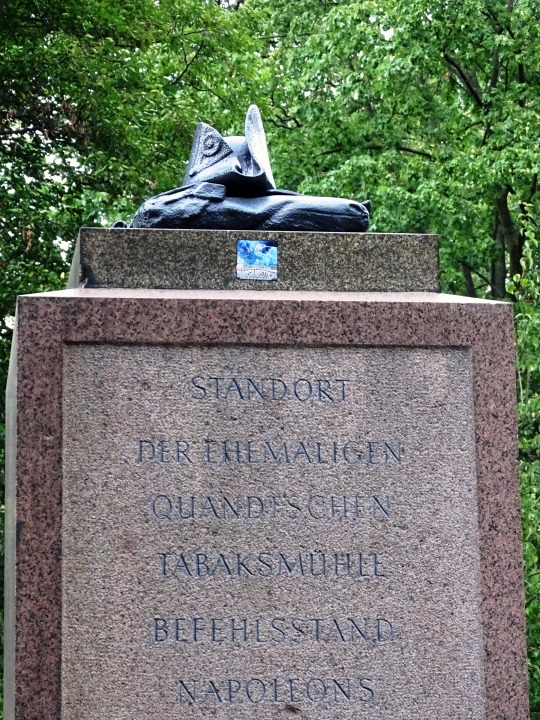
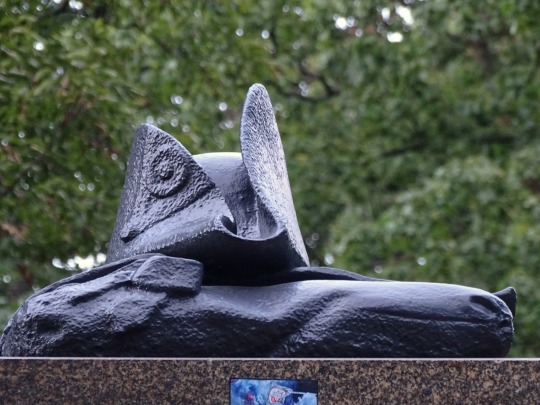
Emperor Napoleon died in exile on the island of Saint Helena in the South Atlantic Ocean on May 5, 1821.
#Napoleonstein#Emperor Napoleon#Napoleon Bonaparte#Napoleon I#died#death#dictator#European history#French history#5 May 1821#anniversary#Leipzig#Saxony#Sachsen#Germany#Deutschland#tourist attraction#landmark#summer 2020#cityscape#original photography#travel#vacation
5 notes
·
View notes
Photo
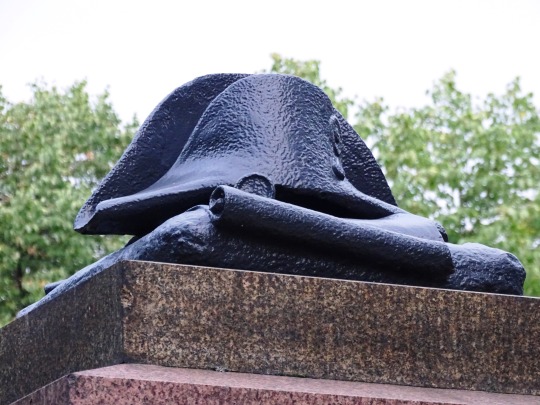
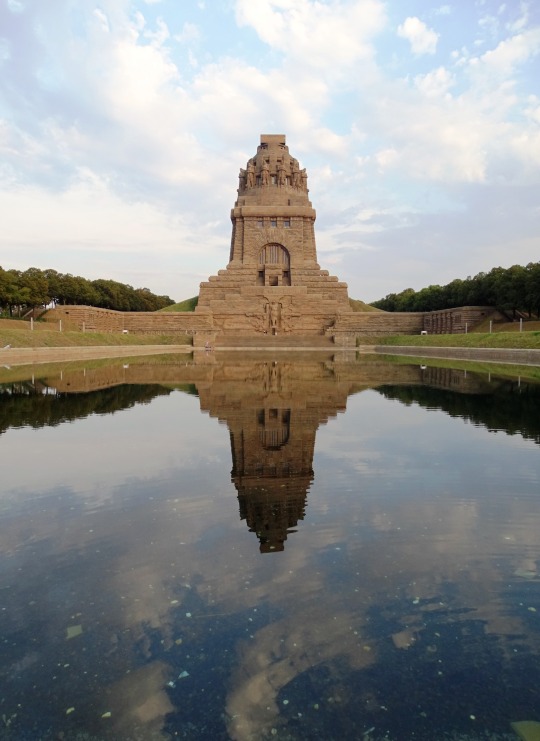
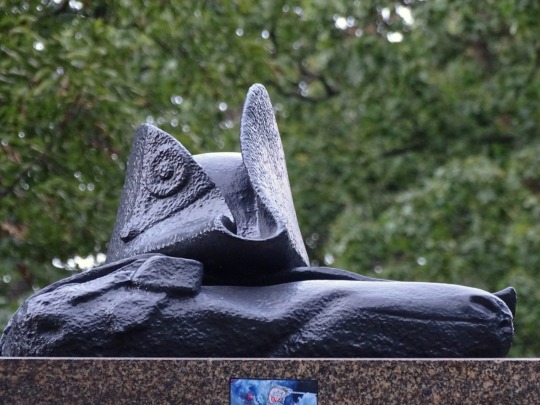
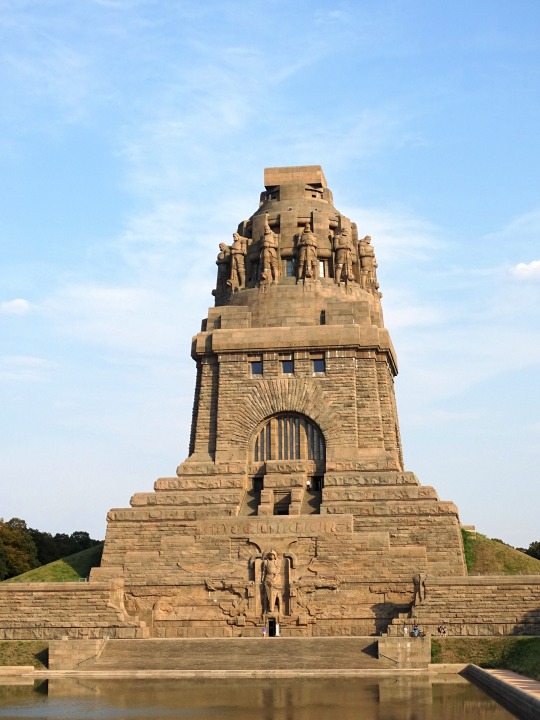
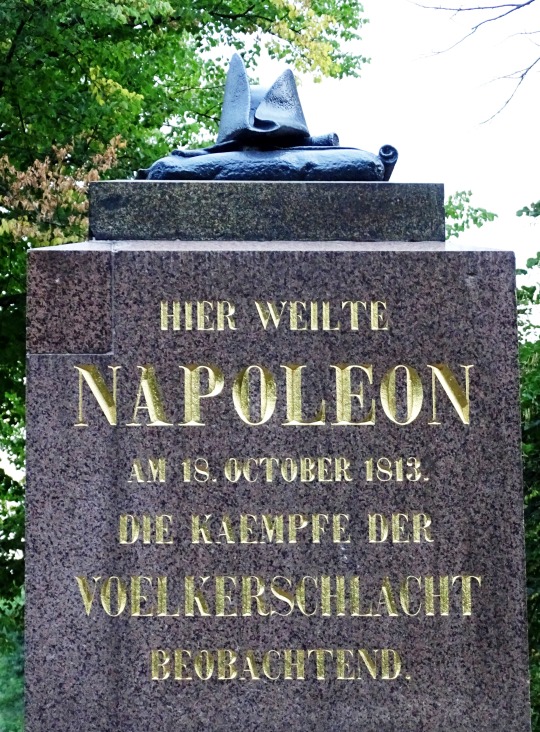



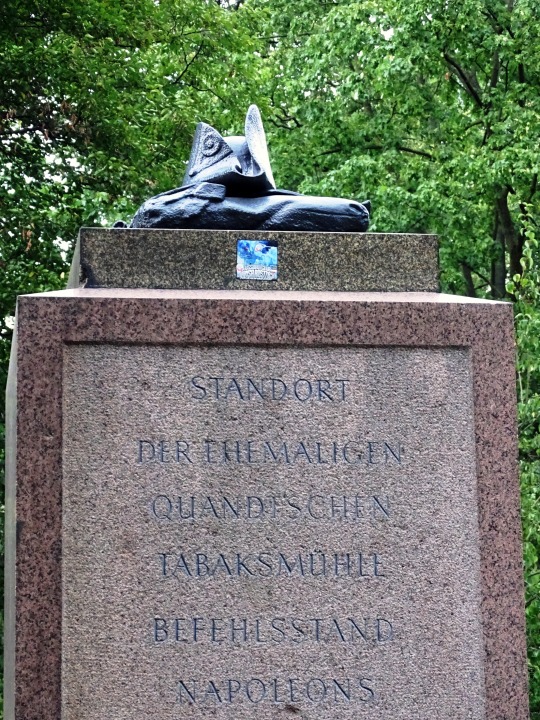
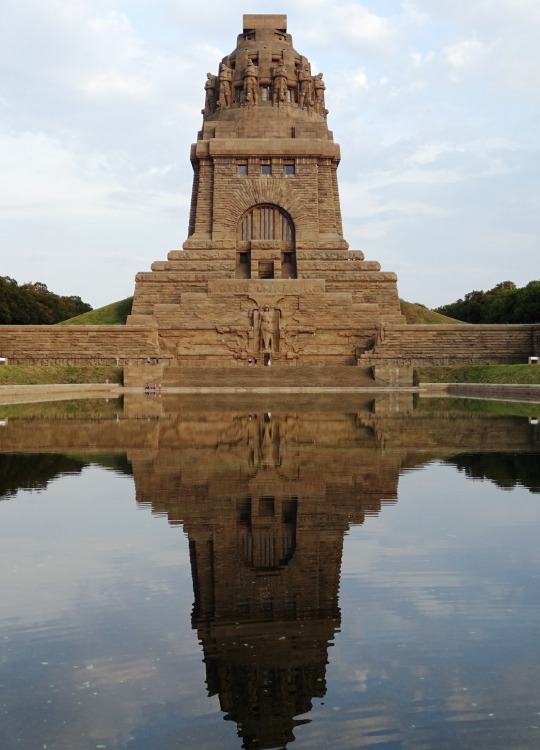
War of the Sixth Coalition: Napoleon was forced to retreat from Germany after the Battle of Leipzig on October 19, 1813.
#Napoleonstein#War of the Sixth Coalition#Napoleon#retreated#Leipzig#19 October 1813#anniversary#German history#Völkerschlachtdenkmal#Saxony#Sachsen#Deutschland#summer 2020#original photography#travel#vacation#cityscape#Bruno Schmitz#Monument to the Battle of the Nations#Franz Metzner#Reflecting Pool#tourist attraction#landmark
2 notes
·
View notes
Photo

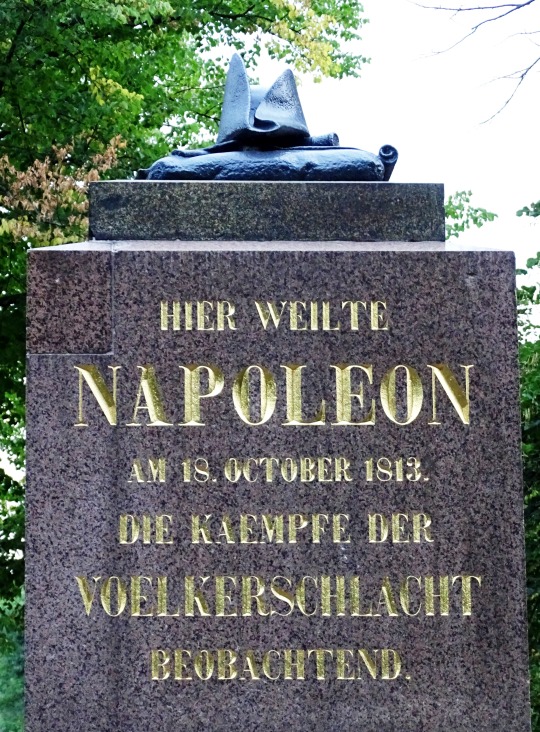

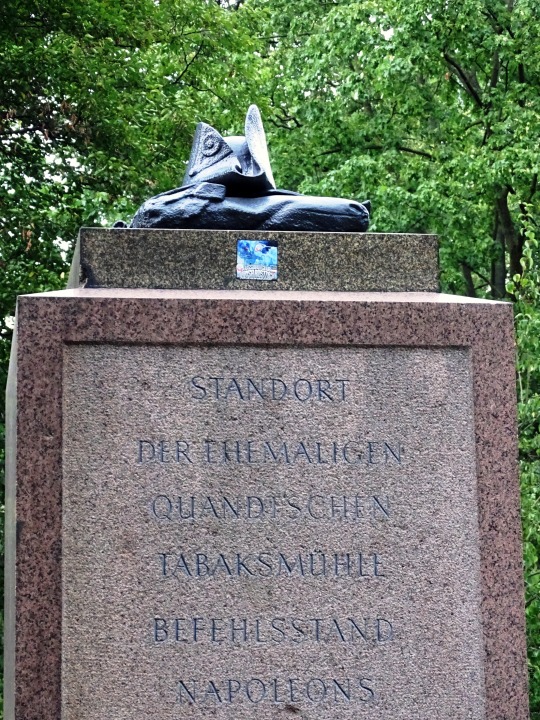
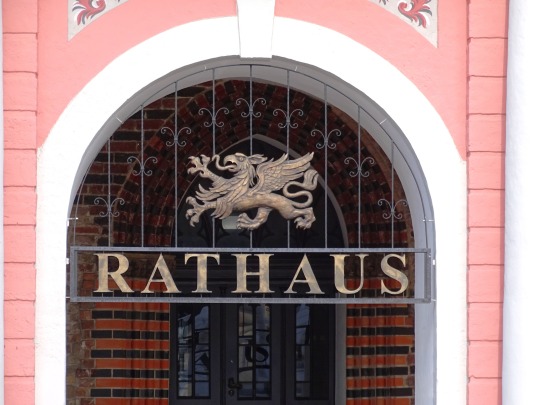

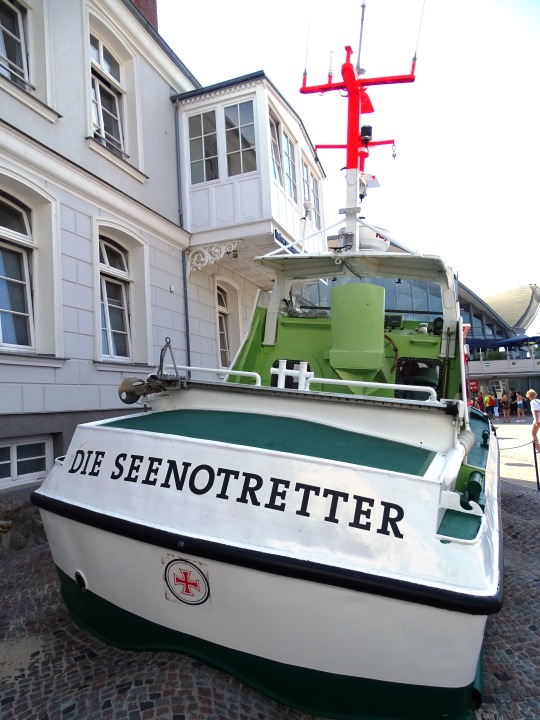
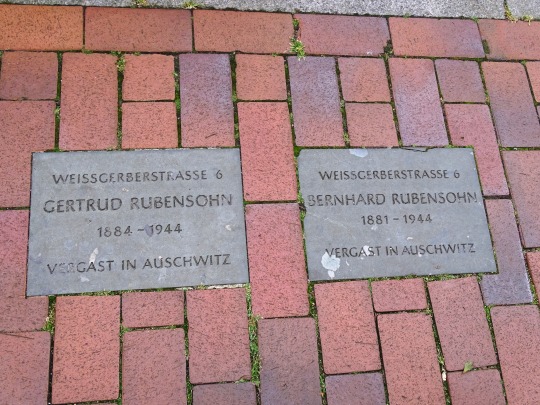

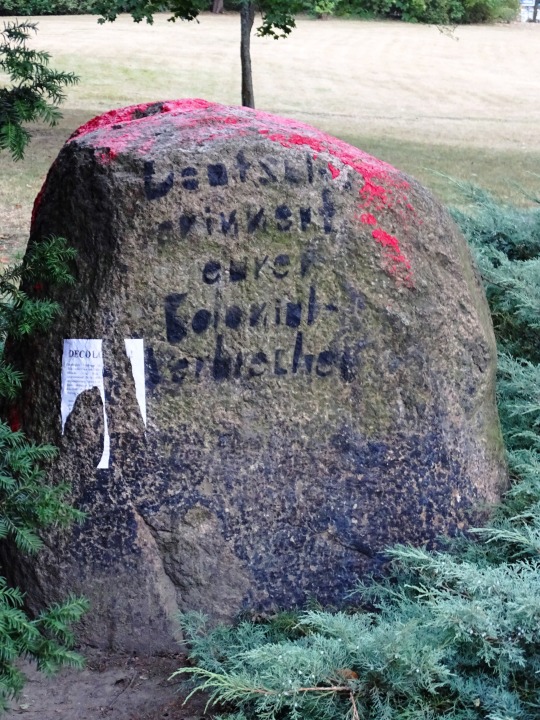
German Language Day
It’s one of the longest words in German and something to consider on National German Language Day, which occurs every September 10.
“Rindfleischetikettierungsüberwachungsaufgabenübertragungsgesetz” may seem like gibberish to the non-German language speaker. In actuality, this word (which we won’t even attempt to pronounce) is now obsolete. It translates as “Beef labeling monitoring delegation Act.” And yet, today, we mourn its loss.
German is the language of poets Bertolt Brecht, Rainer Maria Rilke and the classic Weimar-era cinema. To promote the language and encourage more people to learn it, the German Language Association (VDS) created this day 17 years ago, helping to revive the speaking of German across the globe.
German Language Day timeline
1st century B.C. The first recorded use of German
Historical records reveal that ancient Romans were in contact with German speakers.
1522 Lutherbibel is published
Luther translates the Bible into German, providing a people's alternative to the dominance of Latin.
1981 Famous German war movie, "Das Boot," is released
Directed by Wolfgang Peterson, this German classic earned fame all over the world.
2001 German Language Day debuts
The German Language Association (VDS) celebrated this day for the first time, embarking on an endeavor to promote the German language, worldwide.
German Language Day Activities
German, anyone?
Read a German classic
Have a beer. Prost!
Learning German can be a whole lot of fun, especially when you actually get a chance to use it on a European trip. But if you can't travel to Germany, right here in the United States, there are German pastry shops or bookstores where you can try out what you've learned.
Even an English translation will do. Because the more that you read, the more you'll learn. National German Language Day is also a great day to watch some classic German horror films like "Nosferatu" or "The Cabinet of Dr. Caligari."
Okay, so this is not exactly Oktoberfest. But as far as we know, anything German calls for a cold beer. And a meaty, bratwurst!
5 Facts About The German Language That Will Untwist Your Tongue
It's the sixth most widely-spoken language
German is the language of writers and thinkers
German and English are sister languages
Unlike English, German has three genders
German has some funny proverbs
By ranking, these are the most widely-spoken languages in the world: Chinese (encompassing both Mandarin and Cantonese,) English, Hindi-Urdu, Spanish, Russian and German. It's also the most widely-spoken language in Europe. Gut gemacht!
Goethe, Schiller, Brecht, Marx, Nietzsche — great thinkers all, were masters of the German language.
Both languages are a part of the West Germanic languages. German and English have greatly influenced each other’s cultures and sometimes, there's also a little sibling rivalry!
Masculine, feminine, and neuter. If that's hard to wrap your mind (and your mouth) around; some languages, like Polish, have six grammatical genders!
"Das ist nicht dein Bier" translates as, "that’s not your beer." But what it really means is, "this is none of your business, stay out!"
Why We Love German Language Day
German is the most widely-spoken language in Europe
Language and culture go hand-in-hand
Forgetting your mother tongue is a real loss
Spoken by 95 million people worldwide, German is the native language of Germany, Austria, Switzerland and Liechtenstein. Plus, it's fascinating when one German word contains 80 letters!
In a world where English is becoming the go-to language on the international stage; individual countries are working hard to maintain their own national lingua franca. Reviving the German language is also an attempt to preserve the culture and history of Germany. But if you want to learn contemporary German, watch German television on National German Language Day.
For German children living outside Germany, learning and speaking their mother tongue is one of the most important ways they can connect to their culture and heritage. It's also an added asset to be bilingual or even trilingual in today's international business climate.
Source
#Napoleonstein#Leipzig#Nürnberg#Nuremberg#Warnemünde#Germany#Deutschland#Stolperstein#Bern#Switzerland#Schweiz#Kolonialstein#German Language Day#GermanLanguageDay#TagDerDeutschenSprache#10 September#architecture#memoial#cityscape#original photography#summer 2020
3 notes
·
View notes
Text

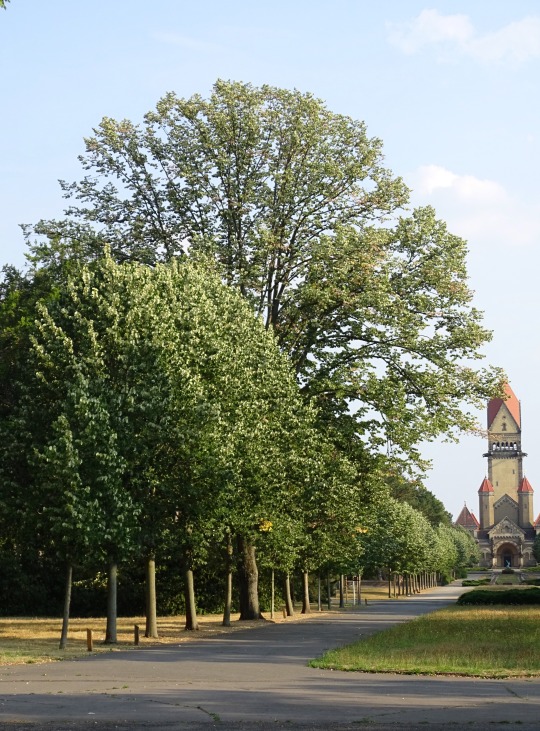




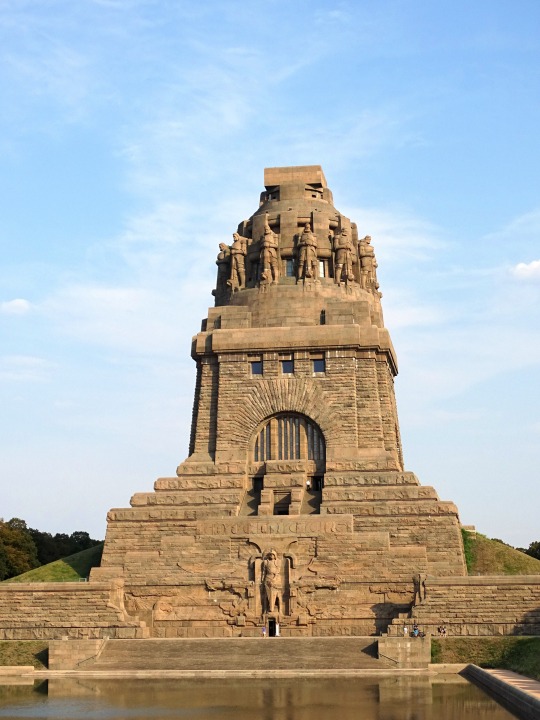
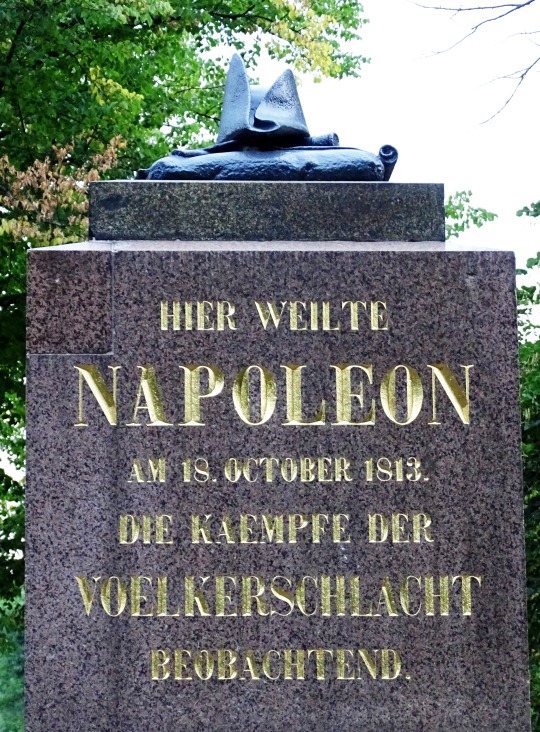
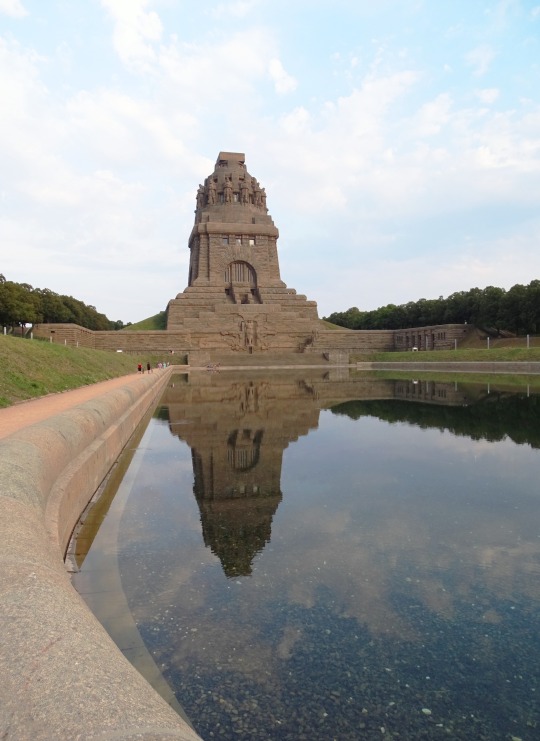
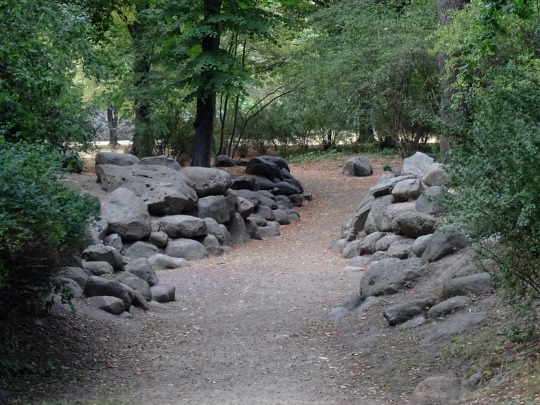
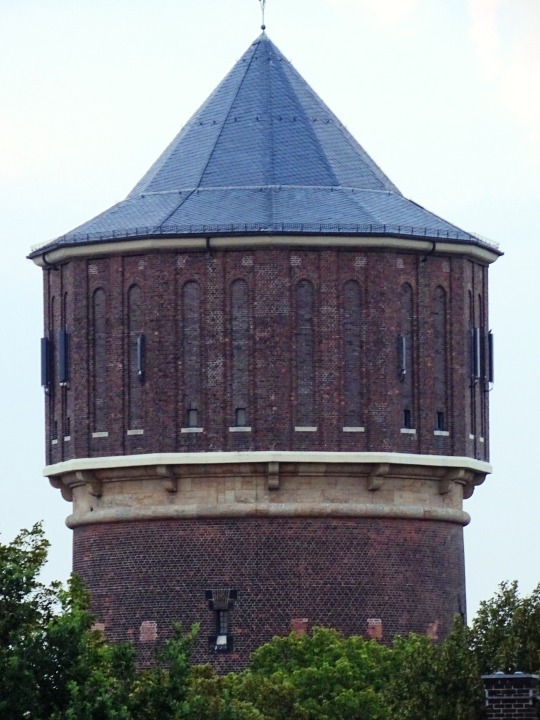





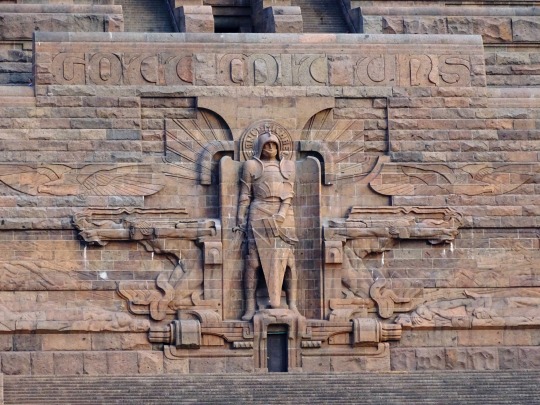




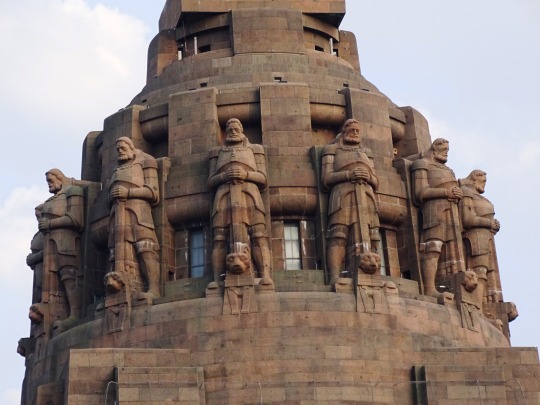
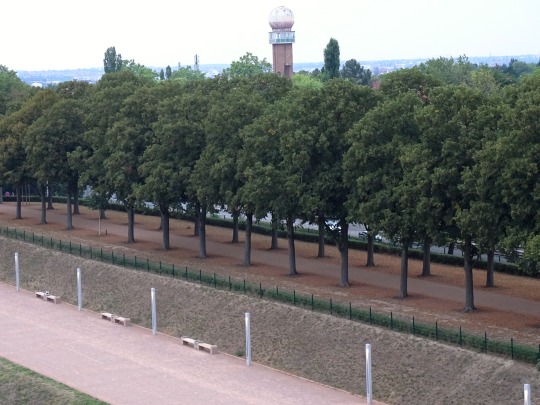
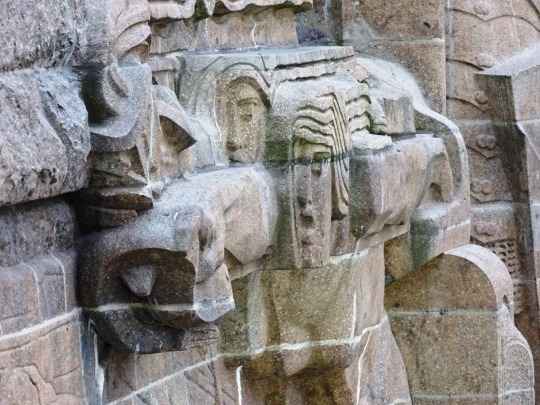
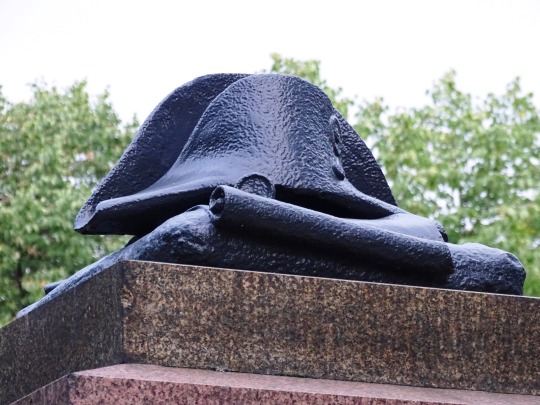


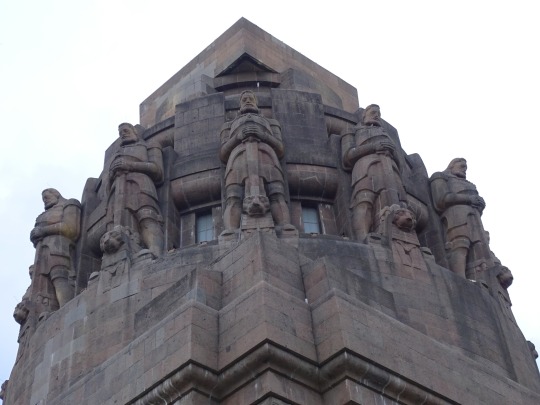
World War II: U.S. troops captured Leipzig on April 20, 1945.
#Krematorium Leipzig#Völkerschlachtsdenkmal#Bruno Schmitz#Leipzig#travel#Monument to the Battle of the Nations#Napoleonstein#Sachsen#Saxony#architecture#cityscape#WWII#World War Two#World War II#See der Tränen#Wilhelm-Külz-Park#Südfriedhof#US troops#captured#20 April 1945#anniversary#Germany#German history#Deutschland#original photography#summer 2020#tourist attraction#landmark#vacation
0 notes
Text



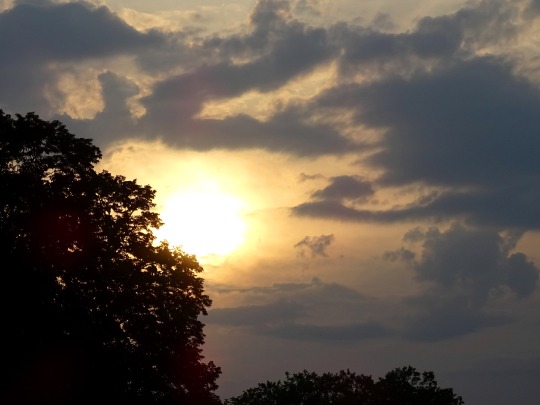








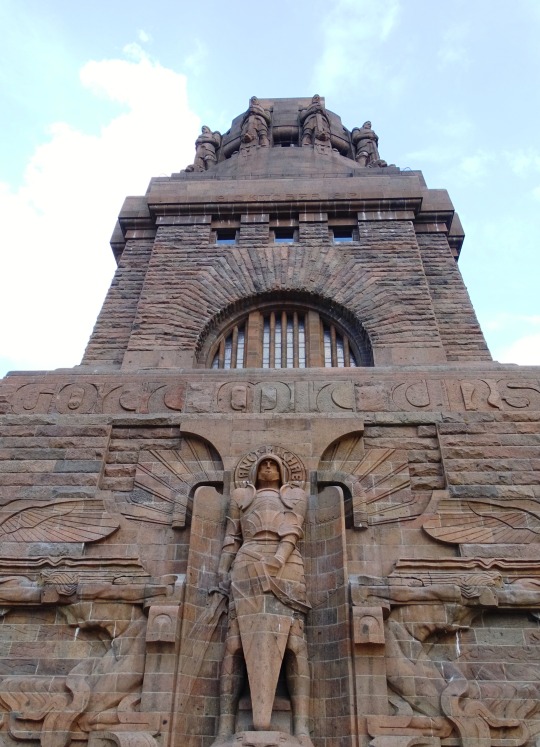




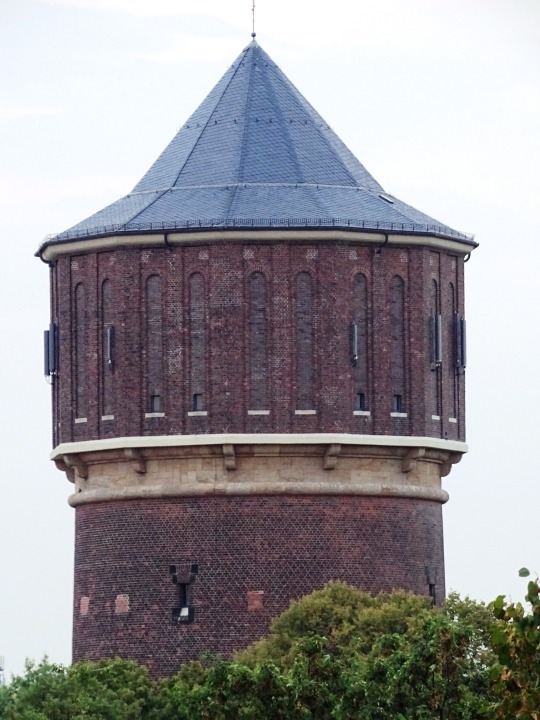







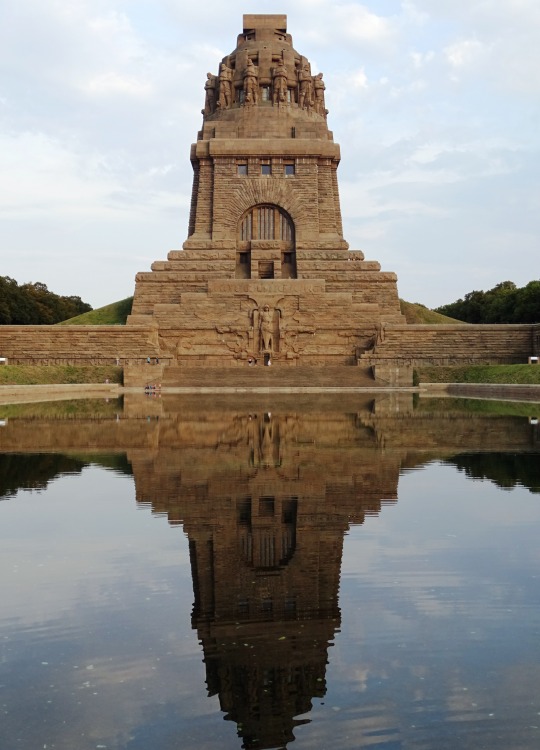

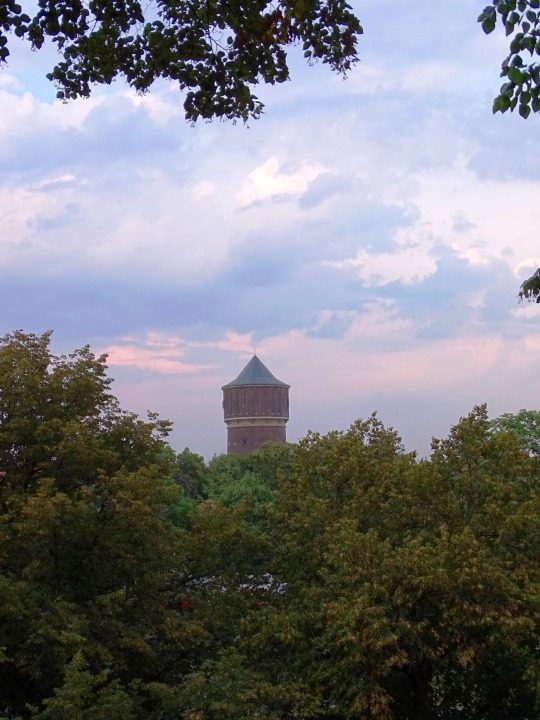


The US Army captured Leipzig on April 18, 1945.
#US Army#captured#Leipzig#Saxony#18 April 1945#Sachsen#Germany#Deutschland#Monument to the Battle of the Nations#Völkerschlachtdenkmal#Bruno Schmitz#tourist attraction#landmark#original photography#vacation#summer 2020#WWII#World War Two#Krematorium Leipzig#Südfriedhof#cityscape#architecture#public art#Napoleonstein#Wilhelm-Külz-Park#See der Tränen#travel#anniversary#German history
0 notes
Text




1 note
·
View note
Text


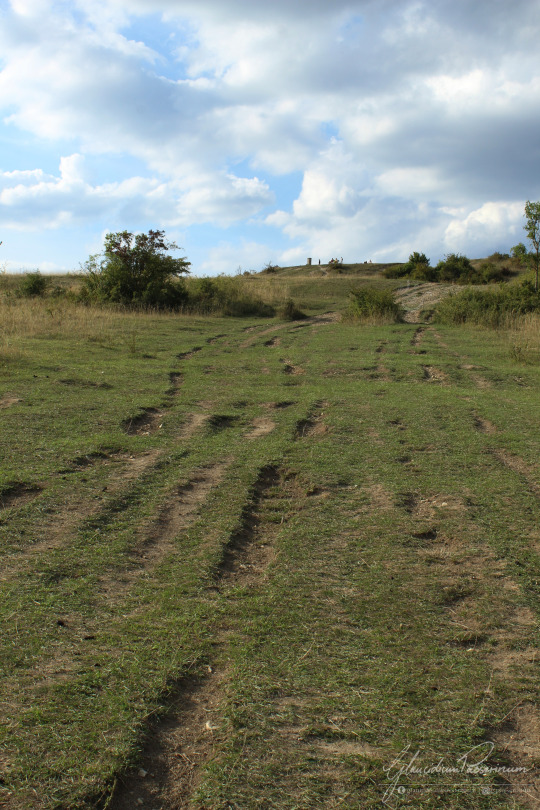

1 note
·
View note
Photo



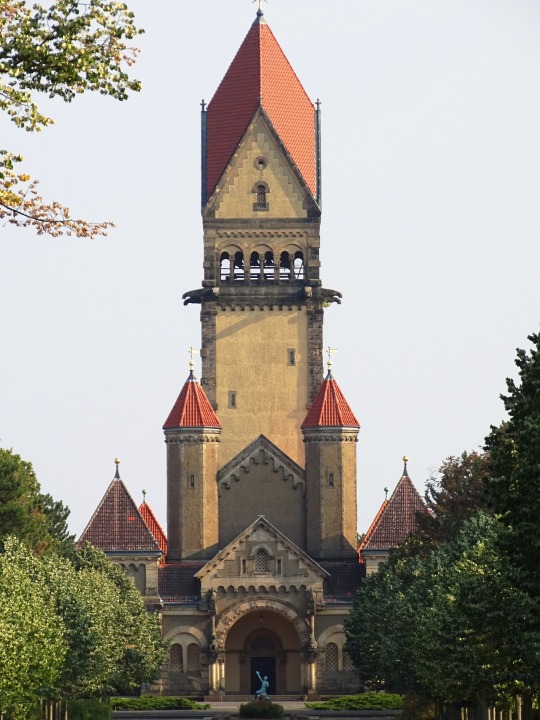
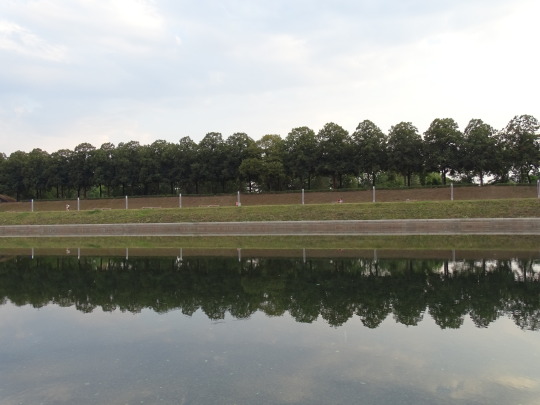



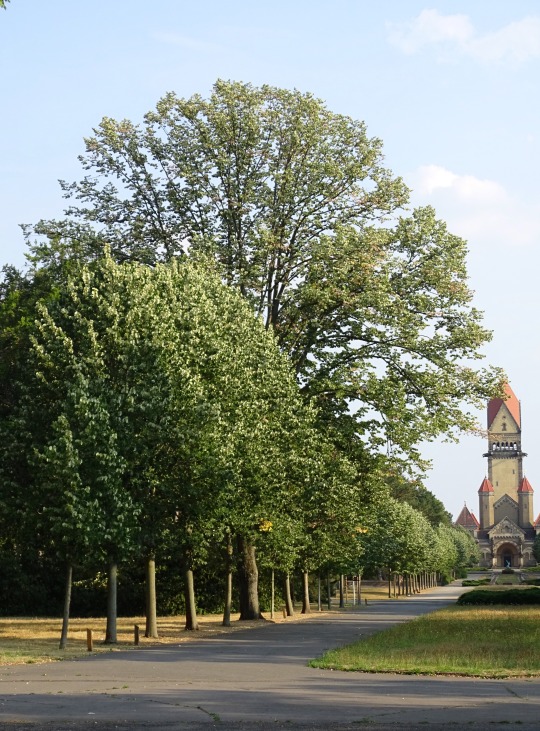

World War II: U.S. troops captured Leipzig on April 20, 1945.
#Krematorium Leipzig#Völkerschlachtsdenkmal#Bruno Schmitz#Leipzig#travel#Monument to the Battle of the Nations#Napoleonstein#Sachsen#Saxony#architecture#cityscape#WWII#World War Two#World War II#See der Tränen#Wilhelm-Külz-Park#Südfriedhof#US troops#captured#20 April 1945#anniversary#Germany#German history#Deutschland#original photography#summer 2020#tourist attraction#landmark
0 notes